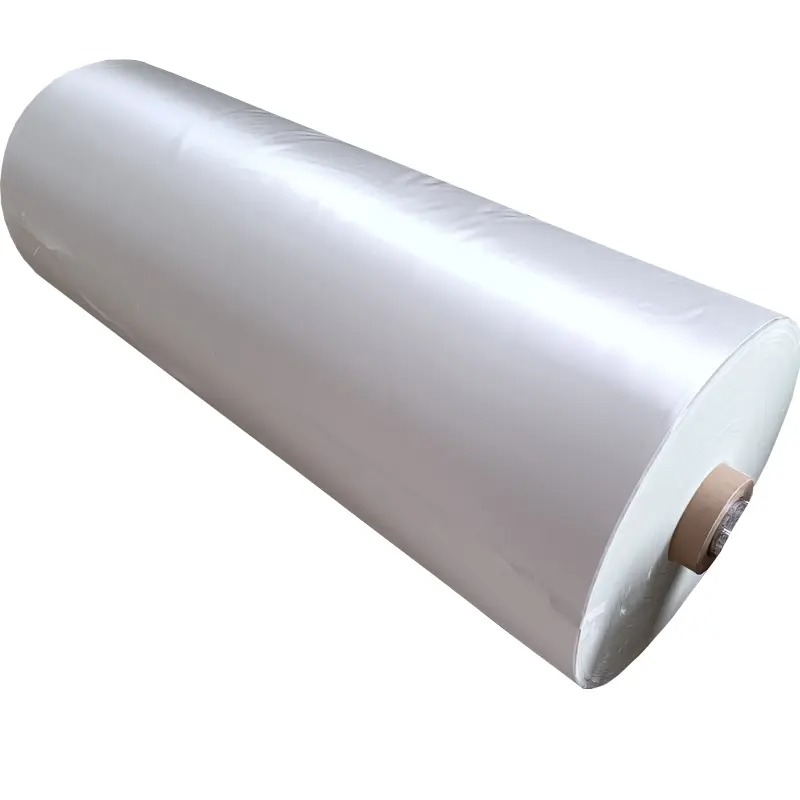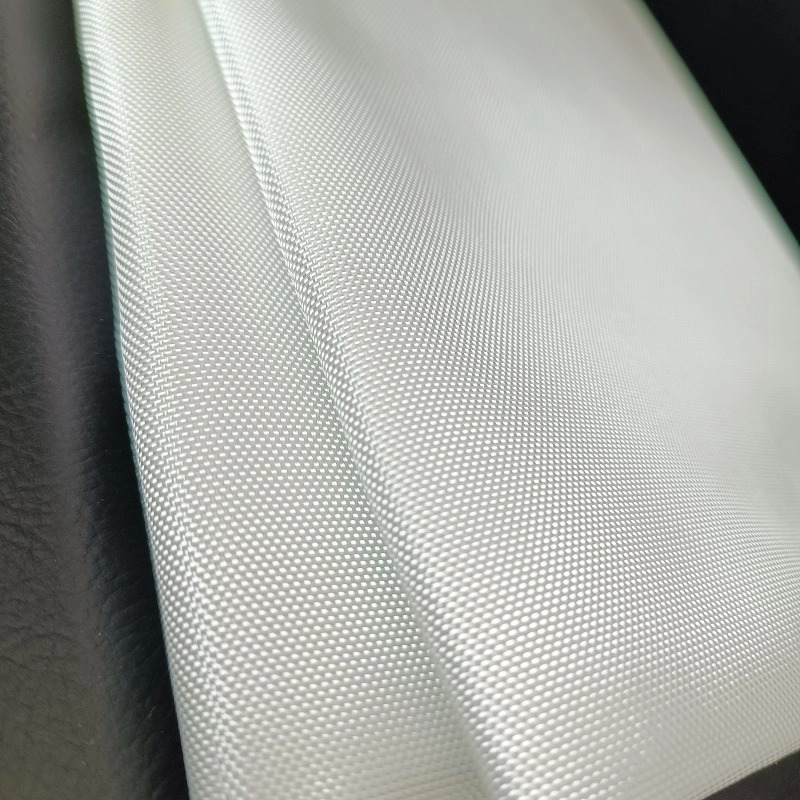
Introduction
When designing a printed circuit board (PCB), material selection is just as critical as schematic design or layout optimization. One component often overlooked is the Electronic fiberglass cloth used in PCB laminates. This woven fiberglass material serves as the reinforcement layer in copper-clad laminates (CCL), directly influencing signal integrity, dimensional stability, thermal performance, and overall board reliability. Choosing the right type of fiberglass cloth can determine whether your PCB excels in demanding applications—or fails prematurely.
Understanding the Role of Electronic Fiberglass Cloth in PCB Design
Electronic fiberglass cloth isn’t just a mechanical filler—it’s a structural backbone. Its weave style, thickness, and resin compatibility directly affect the dielectric properties of the board. When selecting, you need to evaluate both electrical and mechanical performance requirements.
Reinforcement and Dimensional Stability
Fiberglass cloth prevents the PCB from warping under high heat or during soldering. A tighter weave, such as 1080 or 2116 styles, provides greater dimensional stability, which is crucial for multilayer boards.
Influence on Signal Integrity
Different weaves create varying resin-to-glass ratios. A loose weave might introduce resin-rich pockets, which alter the dielectric constant (Dk) and contribute to fiber weave effect—a phenomenon that distorts high-frequency signals.

Thermal Resistance and Reliability
The cloth type impacts the PCB’s glass transition temperature (Tg). Higher Tg laminates reinforced with specialized fiberglass cloths are better suited for automotive, aerospace, or high-frequency applications.
Key Factors to Consider When Choosing Electronic Fiberglass Cloth
Selecting the right fiberglass cloth requires balancing performance, manufacturability, and cost.
Electrical Performance Requirements
Mechanical Strength and Thickness
Manufacturing Considerations
| Cloth Style | Thickness (mm) | Common Applications |
| 106 | 0.038 | Ultra-thin boards, HDI |
| 1080 | 0.050 | High-speed, RF boards |
| 2116 | 0.105 | Multilayer, general use |
| 7628 | 0.180 | Power boards, rigid PCB base |
Comparing Common Types of Electronic Fiberglass Cloth
Different cloth styles offer trade-offs between thickness, electrical stability, and processing ease. Understanding these distinctions ensures you don’t over-specify (wasting budget) or under-specify (risking failure).
106 and 1080 Cloths
These are lightweight, thin cloths with low resin content. They’re widely used in high-density interconnect (HDI) designs, but their looser weave may cause resin-rich areas, impacting high-speed signals.
2116 Cloth
A mid-weight cloth with balanced strength and dielectric uniformity. It’s a popular choice for general-purpose multilayer boards where cost and performance must be balanced.
7628 Cloth
One of the thickest and most robust styles. Ideal for power and industrial boards, but less suitable for very high-frequency circuits due to potential signal loss.
| Style | Pros | Cons |
| 106 | Very thin, ideal for HDI | Low dimensional stability |
| 1080 | Good for RF, low Dk | Resin-rich pockets possible |
| 2116 | Balanced performance | Slightly thicker than HDI needs |
| 7628 | Excellent strength, cost-effective | Higher dielectric variation |
Balancing Cost and Performance in Fiberglass Cloth Selection
While high-performance weaves improve signal integrity, they come at a higher cost. Engineers must align material choice with the product’s intended application.
Cost-Sensitive Consumer Electronics
For consumer devices, 2116 and 7628 styles strike a good balance of cost efficiency and durability.
High-Frequency and RF Applications
Here, 1080 cloth or advanced spread glass cloths (like S-glass) are better investments because they minimize signal loss.
Harsh Environment Applications
Automotive and aerospace PCBs should prioritize high Tg cloths with excellent thermal stability, even if costs rise significantly.
Mitigating the Fiber Weave Effect in High-Speed Designs
The fiber weave effect occurs when signal traces run parallel to fiberglass bundles, causing inconsistent dielectric exposure. This distorts signals in high-frequency designs.
Design Strategies
Material Selection Strategies

Best Practices for Engineers Selecting Fiberglass Cloth
Selecting the right cloth isn’t only about technical data—it requires coordination with PCB fabricators and designers.
Collaborate With PCB Manufacturers:Fabricators often have preferred laminate stacks based on availability and process optimization. Consulting them early avoids supply delays.
Prototype and Test:Building prototypes with different cloth styles allows empirical validation of simulation results, particularly for high-frequency boards.
Consider Long-Term Reliability:Evaluate not just the immediate performance but how the cloth will behave under cycles of heating, vibration, and mechanical stress.
Conclusion
Choosing the right Electronic fiberglass cloth for your PCB project requires balancing dielectric performance, dimensional stability, cost, and long-term reliability. From ultra-thin 106 cloths for HDI designs to robust 7628 cloths for power boards, the decision depends heavily on the specific needs of your application. By considering electrical requirements, manufacturing processes, and potential fiber weave effects, engineers can ensure both performance and manufacturability. Early collaboration with fabricators and thorough testing further improves outcomes.
FAQ
Q1: What is the most common electronic fiberglass cloth style used in PCBs?
A: The 7628 style is most widely used due to its strength, availability, and cost-effectiveness, though 1080 and 2116 are preferred for high-frequency applications.
Q2: Does fiberglass cloth thickness affect PCB impedance?
A: Yes. Thicker cloths alter the resin-to-glass ratio, which impacts the dielectric constant and, therefore, signal impedance.
Q3: How can I reduce the fiber weave effect in my PCB design?
A: Use spread-glass cloths, route traces at angles to the weave, and employ differential signaling to minimize signal skew.
Q4: Are there alternatives to traditional fiberglass cloth in PCBs?
A: Yes. High-performance PCBs sometimes use aramid fibers or ceramic-reinforced laminates, though these come at higher costs.
Q5: Should I always choose the highest-quality fiberglass cloth?
A: Not necessarily. Over-specifying increases costs unnecessarily. The best choice balances performance with your project’s functional and budgetary needs.

















